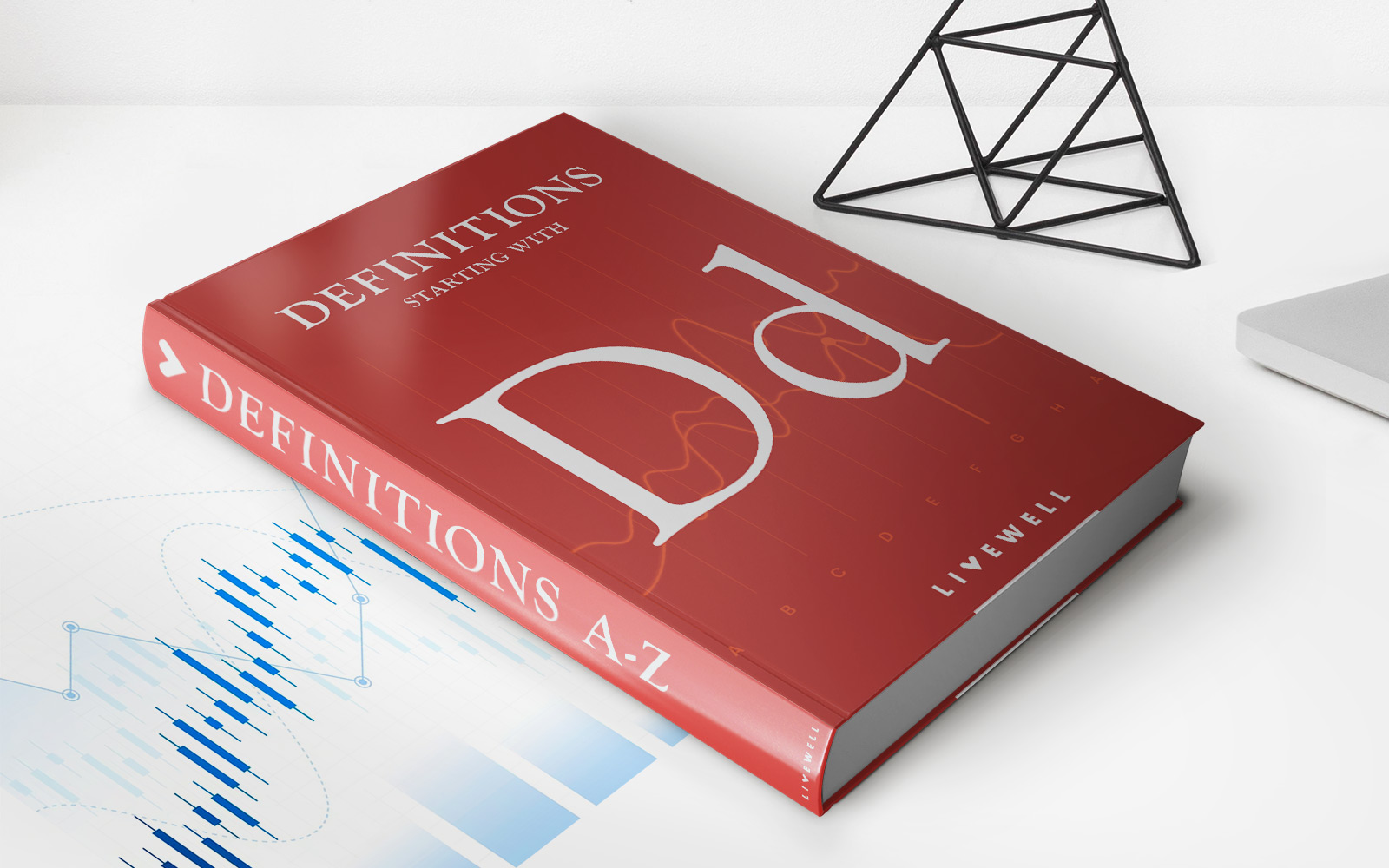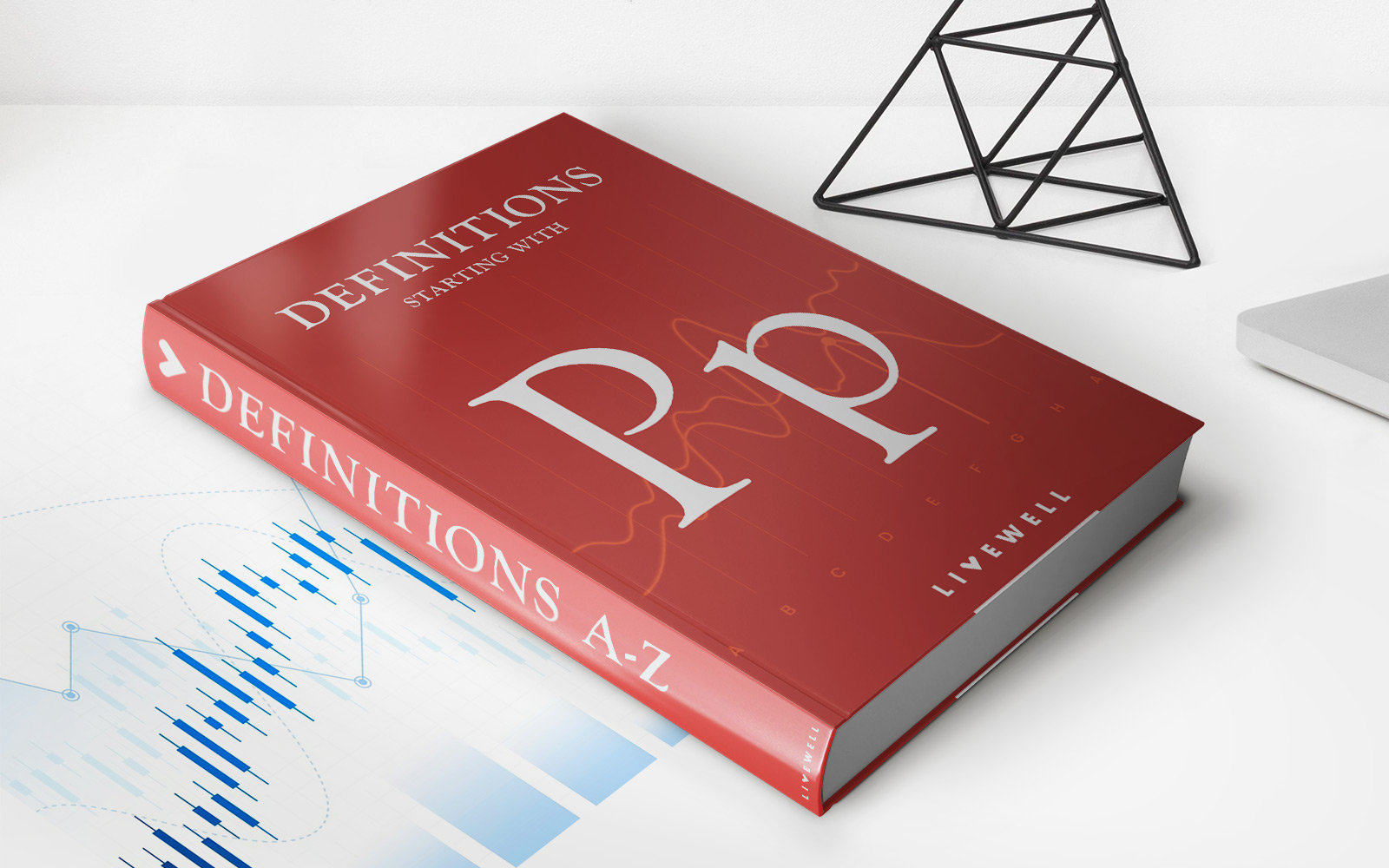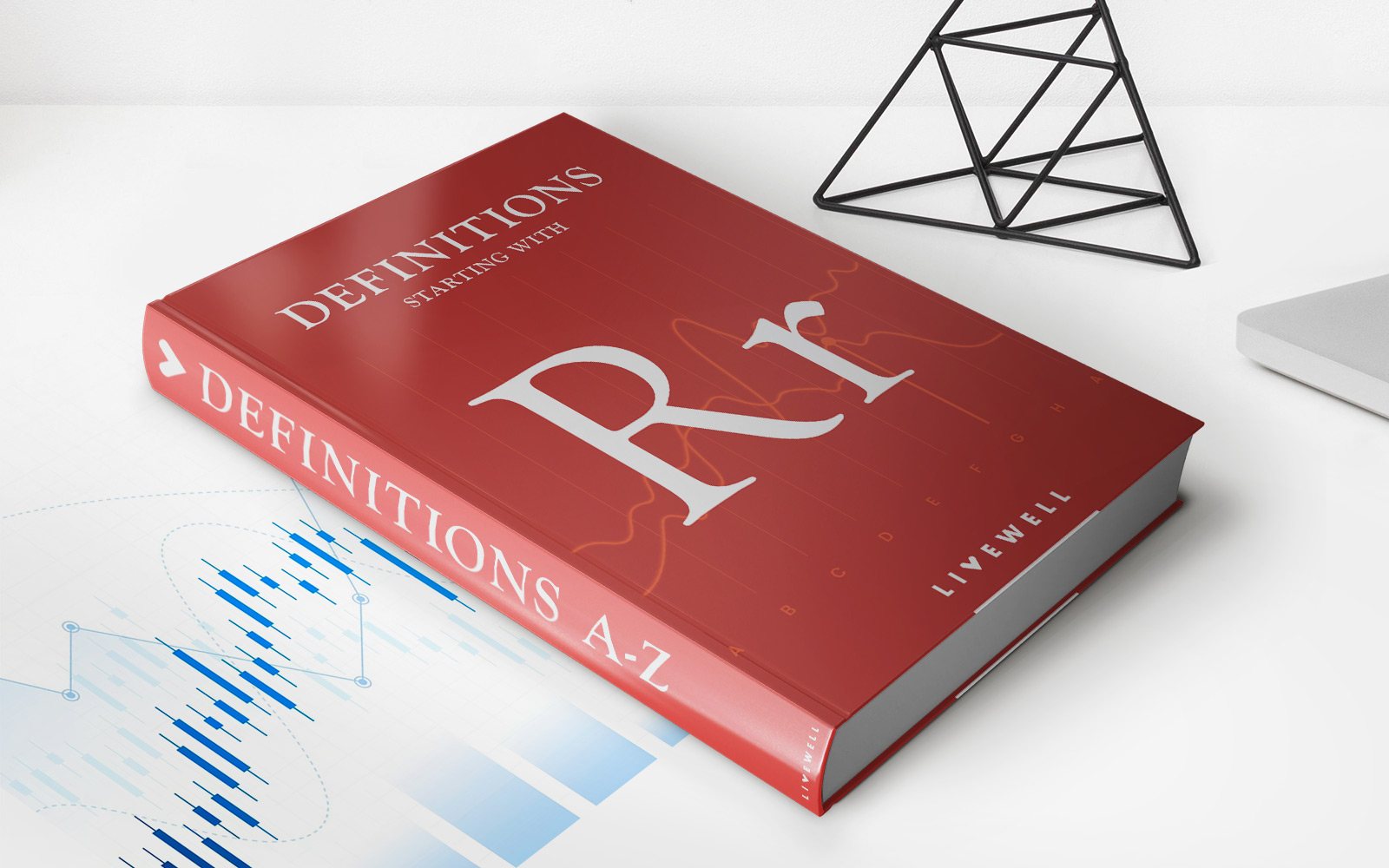Home>Finance>Fama And French Three Factor Model Definition: Formula And Interpretation


Finance
Fama And French Three Factor Model Definition: Formula And Interpretation
Published: November 22, 2023
Learn the definition, formula, and interpretation of the Fama and French Three Factor Model in finance. Understand how it affects investment decisions and portfolio management.
(Many of the links in this article redirect to a specific reviewed product. Your purchase of these products through affiliate links helps to generate commission for LiveWell, at no extra cost. Learn more)
Understanding Fama and French Three Factor Model Definition: Formula and Interpretation
Welcome to our finance blog series! In this article, we will dive into the world of financial modeling and explore the Fama and French Three Factor Model. Whether you are a finance professional, an investor, or simply curious about the inner workings of the financial markets, this is a must-read. By the end of this post, you will gain a solid understanding of the three-factor model and its practical applications.
Key Takeaways:
- The Fama and French Three Factor Model is a widely-used financial framework that explains the variability of stock returns based on three factors: market risk, size, and value.
- This model helps investors identify the drivers of stock returns, allowing them to make more informed investment decisions.
First, let’s tackle the question that might be on your mind: What exactly is the Fama and French Three Factor Model? Developed by Eugene Fama and Kenneth French in the early 1990s, this model seeks to explain the excess returns of a diversified stock portfolio above and beyond what can be explained by the overall market’s performance.
To put it simply, the three-factor model considers three variables that have been identified as important factors in determining stock returns:
- Market Risk: The first factor captures the overall market risk, known as the Market Risk Premium. It assumes that investors require additional compensation for bearing risk in the stock market, over and above the risk-free rate.
- Size: The second factor is based on the observation that small cap stocks tend to outperform large cap stocks over time. This factor captures the excess returns from investing in smaller companies.
- Value: The third factor focuses on the value of a company relative to its book value. It assumes that stocks with higher book-to-market ratios (value stocks) generate higher returns compared to growth stocks.
The Fama and French Three Factor Model equation is expressed as:
Expected Return = Risk-Free Rate + βm * Market Risk Premium + βs * SMB + βv * HML
SMB represents the size factor, while HML represents the value factor. The coefficients βm, βs, and βv measure the sensitivity of a stock or portfolio to each factor, respectively.
So, what does all this mean for investors? Here are two key takeaways:
- Diversify Your Portfolio: The three-factor model suggests that a well-diversified portfolio should take into account not only market risk but also exposure to small cap stocks and value stocks. By diversifying across these factors, investors can potentially increase their expected returns.
- Factor-Based Investing: The Fama and French Three Factor Model has given rise to “factor-based investing.” This approach focuses on constructing portfolios that have exposure to the three factors and aims to generate excess returns by tilting the portfolio towards factors that historically have provided higher returns.
In conclusion, the Fama and French Three Factor Model is a powerful tool for understanding the sources of stock returns. By considering market risk, size, and value, this model provides investors with a more comprehensive framework for evaluating investments and constructing portfolios. So, whether you are an investor or simply interested in finance, make sure to keep these three factors in mind when analyzing the stock market!














